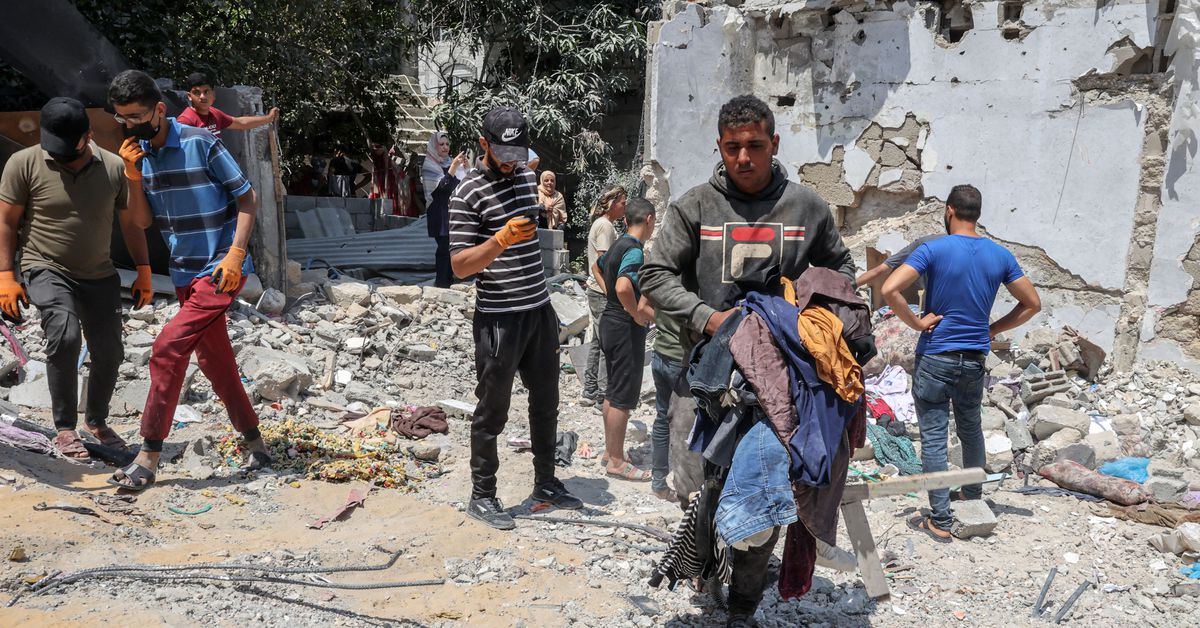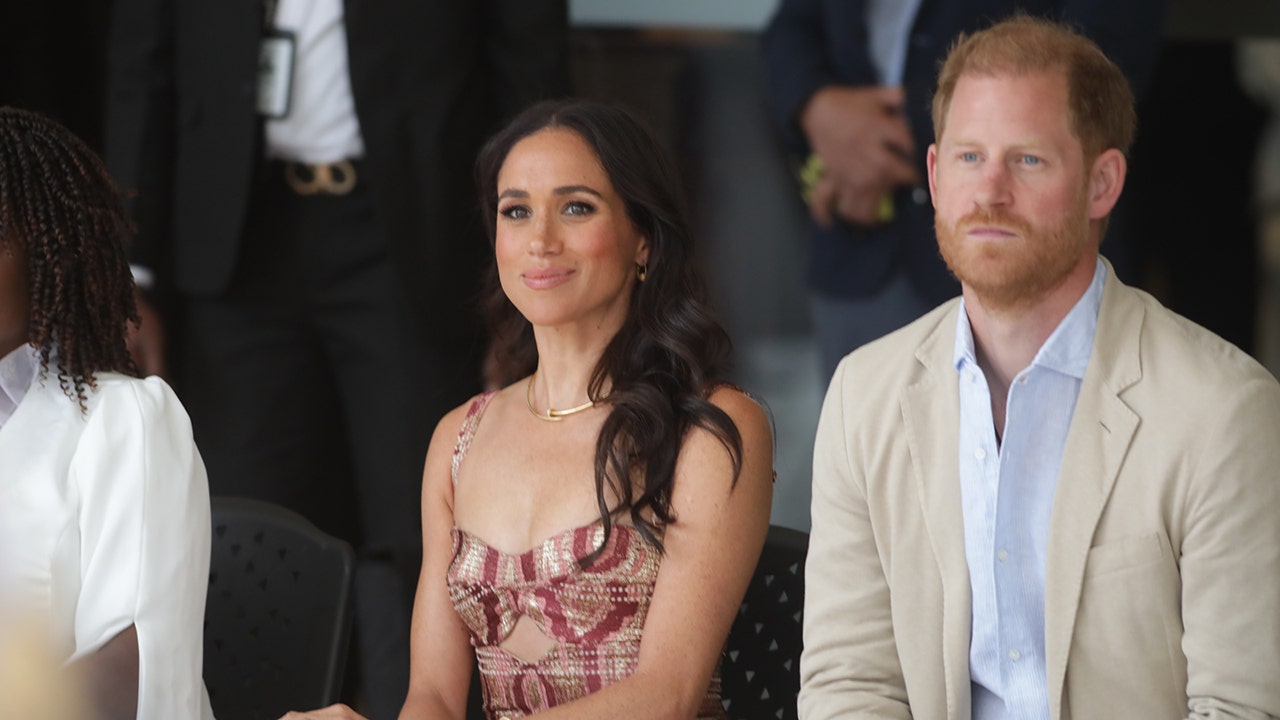Battles between the Israeli military and the militant group Palestinian Islamic Jihad (PIJ) killed 49 Palestinians in the last week in Gaza, the territory where Palestinians live under often brutal conditions and repeated outbreaks of deadly violence.
Israeli forces launched a preemptive strike against PIJ targets on August 5, Reuters reported, after one of the group’s leaders Bassam al-Saadi was arrested in the Occupied West Bank. Israel claims to have hit a number of PIJ targets. However, several civilians, including 17 children, were killed in the clashes, both by Israeli weapons and possibly by errant PIJ rockets intended for Israeli targets. A ceasefire brokered by Egypt, Qatar, Jordan, the US, the UN, and the Palestinian Authority between Israel and the PIJ last Sunday has thus far held; however, an attack on worshipers in Jerusalem’s Old City late on Sunday could portend more violence. At least eight people, including US citizens, were injured in the attack, which was allegedly carried out by a Palestinian resident of East Jerusalem, according to Israeli authorities. They have not yet released his name, and there is no indication that he is affiliated with any larger group, according to Reuters.
Despite the ceasefire, the aftermath of even short-term hostilities in Gaza goes far beyond active bombardments and shelling; the combination of years of violence, a brutal blockade, and state repression has created an enduring crisis. What’s more, there’s little chance to recover before violence breaks out again.
According to initial UN reporting, 360 Palestinians have been injured in the fighting, and Gazans experienced a tightened Israeli blockade of goods and services that led to 20-plus hour rolling blackouts each day. There were no Israeli deaths or serious injuries, the Associated Press reported Friday.
Longstanding tensions between Israel and the PIJ led to the most recent conflict
While much smaller than Hamas, the PIJ, the militant Palestinian nationalist organization which controls Gaza, “is very efficient and highly organized,” according to Ibrahim Fraihat of the Doha Institute.
“There is a strong order within the party itself,” he told Al Jazeera last week. “Despite its small size, it has participated in all the confrontations with Israel.” Hamas was not involved in the latest conflict, possibly due to economic agreements with Israel that have eased Israel and Egypt’s 15-year blockade on the territory.
Founded in the late ’70s and early ’80s, the PIJ eschews negotiations with Israel, opting instead for armed struggle. Its goal is to create an Islamic Palestinian state that encompasses not only the occupied territories, but all of what is now Israel, according to the AP. Like Hamas, it’s designated a terrorist organization by many Western countries, including the US. However, unlike Hamas, it’s not part of the political leadership in Gaza or the West Bank, and makes no effort toward political activity within the occupied territories.
PIJ is also aligned with Iran, which contributed to Israel’s decision to launch preemptive strikes, Fraihat told Al Jazeera.
During last week’s fighting, Israeli forces killed two of the group’s leaders, Taysir al-Jabari and Khalid Mansour. Al-Jabari was a member of the group’s military council, and commanded the group in Gaza City and northern Gaza during last year’s outbreak of violence, while Mansour was in charge of military operations in the southern Gaza strip, according to Axios. The AP reported that Israel claimed al-Jabari was preparing an anti-tank missile attack, prompting Israel’s preemptive aerial bombardments on August 5. PIJ fighters retaliated using a barrage of rockets — 1,100, according to the Israeli military, a tactic Hamas and other groups have developed knowing that the Iron Dome defense system will likely take out a great number of projectiles fired at people or infrastructure. Stakeholders pushed for a ceasefire to keep the violence from escalating further.
Violence between the Israeli state and Palestinian groups is far from uncommon; in April 2021, Israeli police interrupted Ramadan services at Al-Aqsa Mosque in Jerusalem, and then attempted to evict Palestinian families from the city’s Sheikh Jarrah neighborhood. By May 10, that escalated into bombing campaigns on the part of the Israeli military and rocket attacks by Hamas and the PIJ that killed at least 250 Palestinians, including approximately 128 civilians, and 12 Israeli civilians. Prior to that, Israel had been in frequent conflict with neighboring states like Lebanon and Syria, as well as Palestinian groups in the occupied territories and diaspora.
Israel’s caretaker prime minister, Yair Lapid, said in a speech August 8 that last weekend’s military operation had accomplished all of its goals and that “whoever tries to harm us will pay with their life,” warning against retaliation from PIJ or other groups. While he said that Israeli forces made ”special efforts” not to harm civilians, Israel “would not apologize for defending its people with force,” Haaretz reported.
Gaza’s particular characteristics make the violence uniquely devastating
While attacks and retaliation from Gaza certainly affect Israeli civilians — forcing them into shelter, destroying property, and sometimes killing innocent people — there is a notable asymmetry not only in the kinds of weapons both sides use, but also in the effect they have on civilian areas, for a number of reasons.
In Gaza, it’s incredibly difficult for people to rebuild their homes, not only due to military operations but because they cannot get the supplies to do so, as Diana Buttu, a Canadian-Palestinian attorney and former advisor to Palestinian Authority President and Palestine Liberation Organization Chairman Mahmoud Abbas, told Vox.
“It’s been ongoing now for 15 years — this tough, tough blockade,” in which both goods and people cannot move freely, she said.
Buttu said when she lived in Gaza in 2005, there were often bread rations, and “being able to get milk, fresh milk was a huge, huge feat.” Over time, she noted, the blockade got progressively worse; items like cement and other building materials have been heavily restricted by the authorities since they are ostensibly dual-use materials which can also be used for military purposes.
“One of the biggest challenges is to just be able to do simple things, like to get supplies in to rebuild the buildings that have been bombed, including glass. Glass is a huge challenge for them,” she said.
While some building materials were allowed into Gaza after sustained protest to lift the restrictions, Al Jazeera reported in May 2021, there are still buildings that were damaged in the 2008-2009 conflict that have not been entirely repaired, Buttu said. “For families in Gaza, they’re always living with a sense that, even after a building is bombed, that they don’t have the ability to rebuild it. Even if you’re trying to recover in some way, you’re still seeing all this rubble in your midst. It’s just a daily, constant reminder that you just went through a massive bombing campaign.”
Gazans’ inability to rebuild their homes and businesses means that many are internally displaced, living in makeshift housing. At the height of last year’s conflict, more than 117,000 Gazans were displaced from their homes and 10,500 remained internally displaced at the end of the year, according to the Internal Displacement Monitoring Centre. There’s also less likely to be a safe place to take shelter during aerial bombing campaigns.
The blockade also means people have to negotiate access to medical equipment and access to care outside of Gaza, Buttu told Vox — even in dire situations.
“There’s always these negotiations that end up happening between the Israelis and Palestinian hospitals, usually with the World Health Organization, or Physicians for Human Rights as the middle person,” she said. “It’s so dehumanizing that you have to actually negotiate with them, in terms of the quantities of stuff that can come in — what’s allowed in, what’s not allowed in. They’re living in a constant, 24-hour state of trauma, and there’s no way to get past it.”
Ordinary life in Gaza is challenging enough, even without violent conflict
The Gaza strip is home to around 2 million Palestinians and has been governed by Hamas since 2007, when the group took control from the Fatah-led Palestinian Authority, which governs the West Bank. The two groups have had no success in creating a unity government over the past 15 years, despite repeated attempts, weakening the Palestinian resistance and further disenfranchising ordinary Palestinians. Although Fatah and Hamas agreed to hold elections in 2021, which would be the first since 2006, those elections have been postponed indefinitely.
That’s on top of crushing restrictions imposed by the Israeli state. In addition to the blockade, the only Palestinians allowed to vote in Israeli elections are those that live within Israel’s borders as they were defined between 1948 and June 1967. There are also restrictions on Palestinians’ ability to move into Israel and between the West Bank, East Jerusalem, and the Gaza Strip, as Human Rights Watch outlined in an April 2021 report. “People will resort to going to human rights organizations and NGOs to try to get some form of representation, but there’s no voice,” Buttu said.
Gazans are also subject to high rates of unemployment — around 50 percent, even before the Covid-19 pandemic — and the United Nations Relief and Works Agency for Palestine Refugees in the Near East, UNRWA, estimated that 80 percent of of the population depended on humanitarian assistance for basic necessities as of 2017.
The blockade has contributed to issues like poor wastewater management in Gaza, with wastewater flowing into the Mediterranean Sea, making it unsafe for people to swim or seek respite from heat. Though a wastewater facility is now up and running, according to NPR, the facility is running out of spare parts and chemicals to make sure the wastewater is clean because Israeli authorities haven’t complied with the facility’s requests.
“In two months from today, there will be no chemicals to test our quality,” Fahid Rabah, an engineer at the facility, told NPR in August. “We’ll be blind. We will not be able to know whether we are performing the environmental quality or not.”
Given Palestinians’ — and particularly Gazans’ — extremely limited political power, access to basic goods and services, and the curtailment of basic freedoms, not to mention routine, devastating violence, it’s challenging to see any possibility for change, either in Gaza or for Palestinians overall.
Peace talks between Israel and Palestine have repeatedly failed, Arab and Muslim states that had previously pledged solidarity with Palestine have normalized relationships with Israel, and the Israeli state has continued to push settlements in the West Bank and Jerusalem, as well as lobby to have Jerusalem recognized as the nation’s capital by the US under the Trump administration.
However, Buttu said, there are some reasons to be hopeful about the future for Palestinians. She pointed to the increasing political activity of Palestinian Israeli citizens and their push to maintain their identity in the face of discrimination and the drive to sublimate into the broader Israeli population. “The second area is that, in the West Bank and in Gaza, despite everything, despite occupation and siege, there isn’t a sense of ‘Let’s throw in the towel,’” Buttu said.
“There’s a much more increased sense that there has to be pushback against Israel,” and against the old-guard Palestinian political parties like Fatah, she said. “They haven’t managed to break through, but there’s still that push there, there’s still that discourse that’s happening there … there are people who are still pushing back and saying, ‘We’re not going to live like this.’”





















Discussion about this post